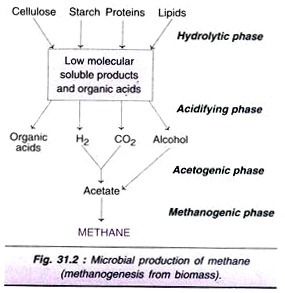Life Cycle of Mosquito Easy Drawing
Life Cycle of Mosquito (With Diagram)
Article Shared by
Life Cycle of Mosquito!
Experiment :
Objective :
To study the life cycle of mosquitoes.
Apparatus and materials required :
Specimens of different stages of life of mosquito, compound microscope.
Theory :
Mosquitoes are small harmful insects, found everywhere, especially in damp, dark places. They breed in stagnant water. Eggs develop into larvae, larvae into pupa, and pupa develop into imago, or an adult. The different stages are clearly distinguishable.
Observation:
Eggs:
Collect eggs from stagnant water bodies such as the nearby drain or ditch, and keep them in a wide-mouthed bottle containing some water. Take the eggs by means of a dropper and put them on the glass slide and examine under the compound microscope.
Eggs are laid by the female mosquito in the night in stagnant water. Eggs are slightly brown and extremely small. But on taking a closer look they can be identified as rafts composed of cigar-shaped bodies glued together, or free boat-shaped bodies. Cigar-shaped eggs belong to Culex and boat-shaped ones belong to Anopheles. At a time, Culex lays up to 300 eggs, and Anopheles, 100 eggs. Eggs float on the surface of the water.
Examine the sample and note the shape and size of the eggs.
Draw a sketch of the shape of the eggs and infer whether they belong to Culex or Anopheles.
After 2-3 days, you will notice that these eggs are ruptured, and from each one of them an elongated creature emerges. This is called larva.

Larvae :
Larvae are elongated, hairy, segmented creatures that move about and feed upon algae growing in water. They swim (wriggle) in a characteristic jerking manner and hence they are also called wrigglers.
The anterior part of the body has somewhat indistinct head equipped with mouth parts, compound eyes, and antennae. The body is divided into ten segments. Each segment has a few bristles, or hairs. The posterior part of the larva bears gills, respiratory siphons, and the comb.

Examine the larvae under the compound microscope to observe the movement of the jaws and the body. You can count the number of segments in the body and observe gills and siphons located at the posterior end. Draw a sketch of a larva.
If you see the water surface of the cylinder or the curtained in which the larvae are kept, you will find larvae hanging by the air-water interface. The posterior part of the larva is always in contact with the meniscus, as respiratory siphons have to draw atmospheric air for respiration.
The gills remain submerged in water to draw dissolved oxygen of water. The larva of Anopheles lies parallel to the water surface. The head of the larva of Culex hangs downward at an angle.
Larval life lasts for two weeks during which it casts its skin four times. After that the larva is transformed into another form called pupa.
Pupae :
Pupal life is sluggish. There is no feeding, no movement except for occasional tumbling in water. That is why a pupa is called a tumbler. The head of the pupa is large, formed by the fusion of the head and thorax. Therefore, it is called cephalothorax, which bears on its dorsal surface two respiratory trumpets. Legs and wings, which are in the early stages of formation, lie on the ventrolateral surfaces. The pupal life lasts for a week.

IMAGO (Young adult):
At the end of pupal life, the skin (cuticle) of the pupa splits along mid-dorsal line, making it easy for the imago to come out. The wings of the newly emerged imago are dried and spread out, and it flies off to lead an aerial life.

Life Cycle of Mosquito Easy Drawing
Source: https://www.biologydiscussion.com/experiments/life-cycle-of-mosquito-with-diagram/1754
0 Response to "Life Cycle of Mosquito Easy Drawing"
Post a Comment